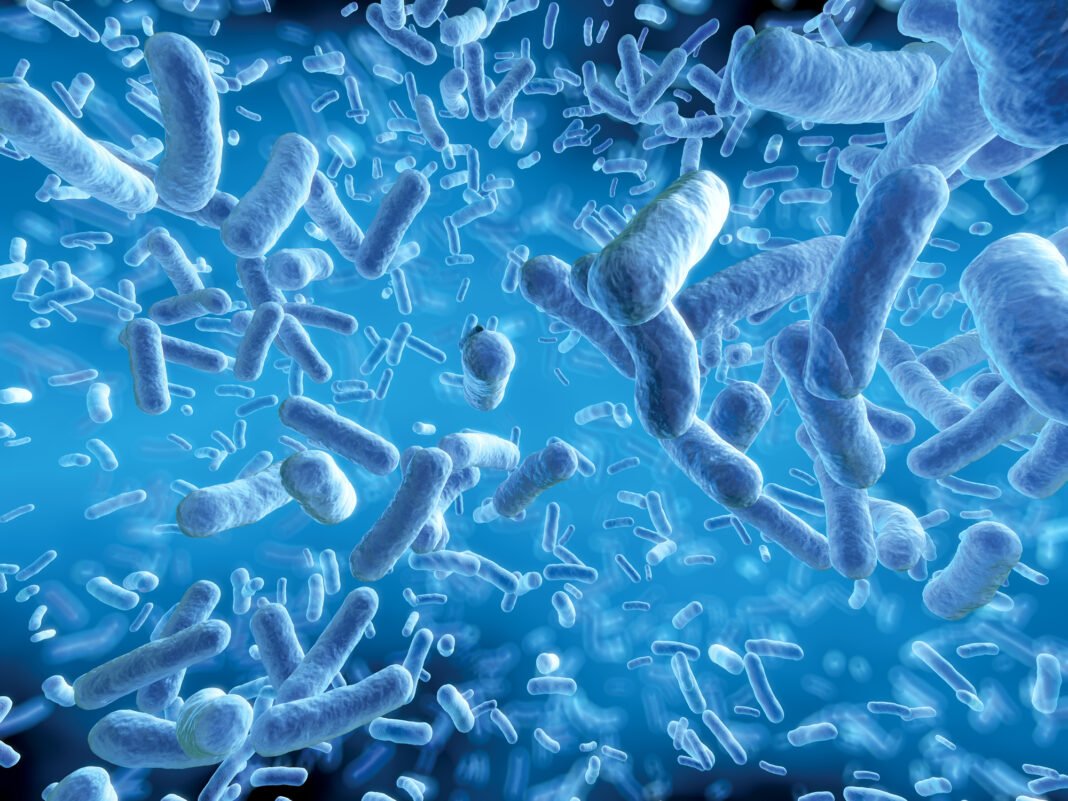Scientists from the University of Basel have published a study using Salmonella that may help explain why some infectious bacteria are resistant. Using mouse and tissue models, they found that nutrient scarcity was a major reason why the bacteria survived treatment with antibiotics. They suspect that the same may be true for other bacterial pathogens.
Full details are published in a new Nature paper titled, “Limited impact of Salmonella stress and persisters on antibiotic clearance.” According to the team, their findings challenge the prevailing concept that persisters are the cause of antibiotic ineffectiveness. These persistent can survive antibiotic treatment and cause disease relapses later. Scientists in labs around the world have been working on new therapies aimed at targeting and eliminating these “sleeping” bacteria.
“Contrary to widespread belief, antibiotic failure is not caused by a small subset of persisters. In fact, the majority of Salmonella in infected tissues are difficult to kill,” said Dirk Bumann, PhD, a professor of infection biology at the Biozentrum at the University of Basel. “We have been able to demonstrate that standard laboratory tests of antimicrobial clearance produce misleading results, giving a false impression of a small group of particularly resilient persisters.”
The body’s defense mechanisms against bacteria often include reducing the available nutrients. In the study, the researchers investigated antimicrobial clearance in both Salmonella-infected mice and tissue-mimicking laboratory models. “Under nutrient-scarce conditions, bacteria grow very slowly,” said Bumann. “This may seem good at first, but is actually a problem because most antibiotics only gradually kill slowly growing bacteria.” As a result, the drugs are much less effective, and relapses can occur even after prolonged therapy.
Their study highlights an issue with the standard methods for measuring bacterial survival which are indirect and can lead to distorted results. “Traditional tests underestimate the number of surviving bacteria,” explained Joseph Fanous, PhD, a professor at the Biozentrum at the University of Basel and the study’s first author. “And they falsely suggest the presence of hyper-resilient subsets of persisters that do not actually exist.”
Using a microfluidics-based method that allowed them to monitor antibiotic action in single bacteria in real time, “we demonstrated that nearly the entire Salmonella population survives antibiotic treatment for extended periods, not just a small subset of hyper-resilient persisters,” Fanous said.
These findings could change the way some types of antibiotic research are conducted in the future. The scientists believe that shifting the focus from persisters to assessing the impact of nutrient starvation is an important step toward developing more effective therapies against difficult-to-treat infections. “Our work underlines the importance of studying bacterial behavior and antibiotic effects live and under physiologically relevant conditions,” Bumann said. “In a few years, modern methods like real-time single-cell analysis will hopefully become standard.”



